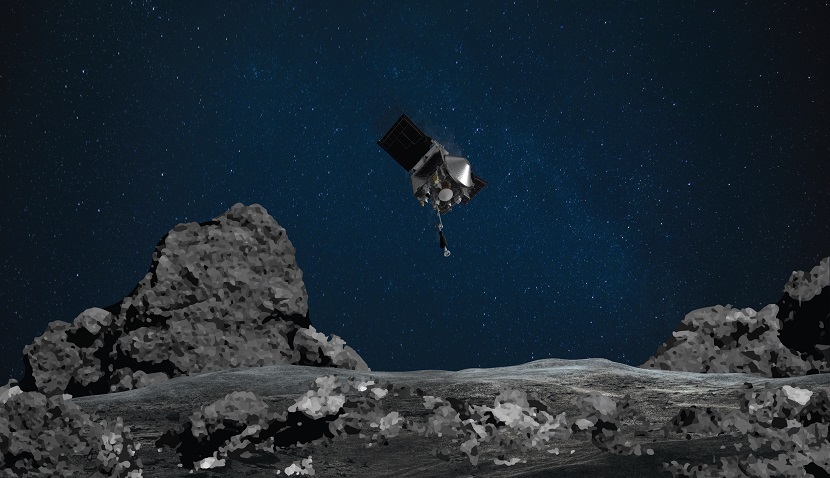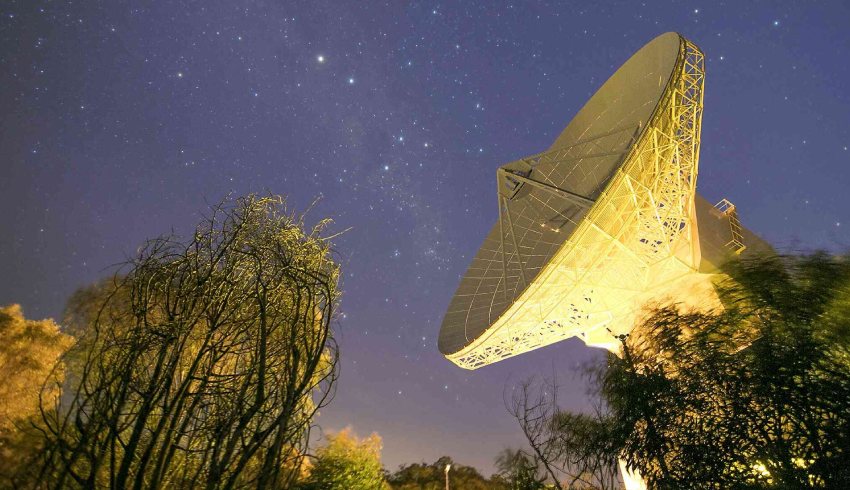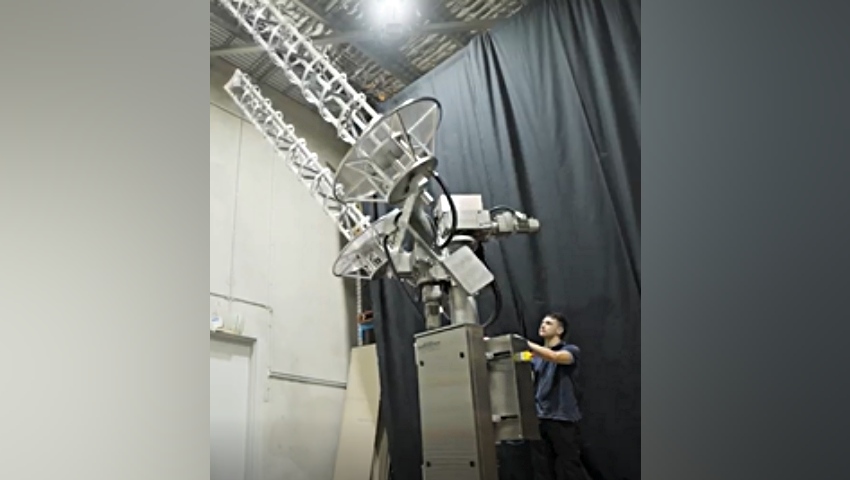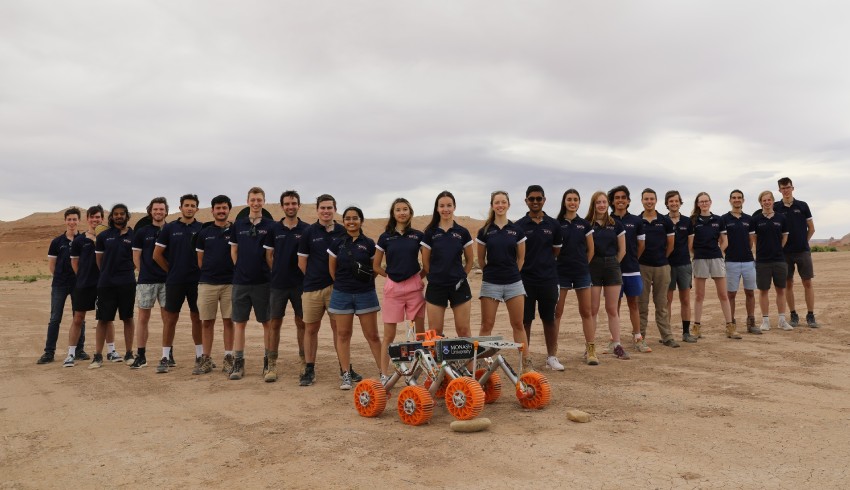
Aerojet Rocketdyne is the sole propulsion provider for the OSIRIS-REx spacecraft, providing all 28 of the rocket engines aboard. Aerojet Rocketdyne provided the engines to Lockheed Martin, the spacecraft prime contractor.
The highly anticipated sample collection is a culmination of nearly two years of surveying Bennu and rehearsing the operation. Aerojet Rocketdyne engines will manoeuvre the spacecraft from orbit towards the desired touchdown location on the surface of Bennu.
Aerojet Rocketdyne CEO and president Eileen Drake said, "The sample collection portion of the mission requires our engines to perform with extremely high precision with no room for error. From the ultra-low-thrust engines that fine tune the spacecraft’s orbit, to the higher thrust engines that will propel OSIRIS-REx back to Earth, each of the 28 Aerojet Rocketdyne engines on the spacecraft are critical to the success of the mission."
Once contact is achieved, nitrogen gas will be directed onto the surface to blow small particles of regolith into the Touch-and-Go Sample Acquisition Mechanism, or TAGSAM, after the sample is secure, Aerojet Rocketdyne engines will safely propel the spacecraft away from the asteroid’s surface.
The departure window for OSIRIS-REx to return to Earth opens in March 2021. Once the window opens, four high-thrust engines will place OSIRIS-REx on a trajectory that intersects the orbit of the Earth in September 2023.
The final manoeuvre will involve steering the spacecraft away from Earth after the sample return capsule has been jettisoned for re-entry, and placing the spacecraft into a stable orbit around the sun.
All 28 engines on OSIRIS-REx were developed at Aerojet Rocketdyne’s facility in Redmond, Washington, in addition to the critical in-space propulsion provided to the spacecraft, Aerojet Rocketdyne’s contribution to the OSIRIS-REx mission extended to the launch vehicle’s first and second stages as well.
Aerojet Rocketdyne, a subsidiary of Aerojet Rocketdyne Holdings is a world-recognised aerospace and defence leader that provides propulsion systems and energetics to the space, missile defence and strategic systems, and tactical systems areas, in support of domestic and international customers.
Receive the latest developments and updates on Australia’s space industry direct to your inbox. Subscribe today to Space Connect here.












